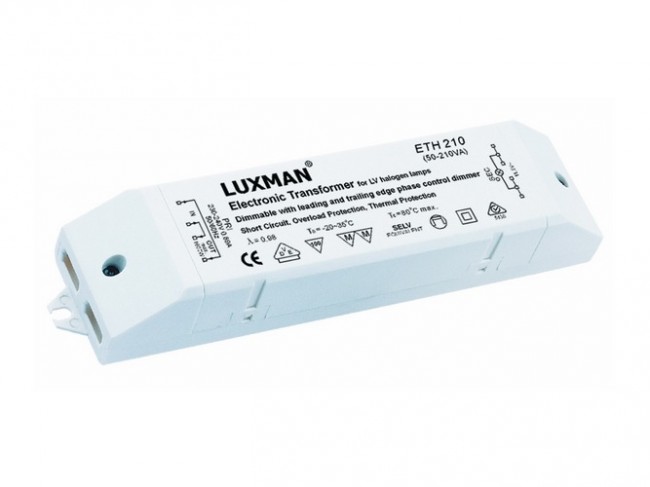I was told that the transformers are the likely things that go for the MR16 halogens. We had these installed back in 2002.
You were told wrongly. Transformers rarely fail. Switch mode power supplies often fail and are frequently used for cheapness (in the short term).
Of course many MR16 halogen are 240 volt so no not require a separate supply.







